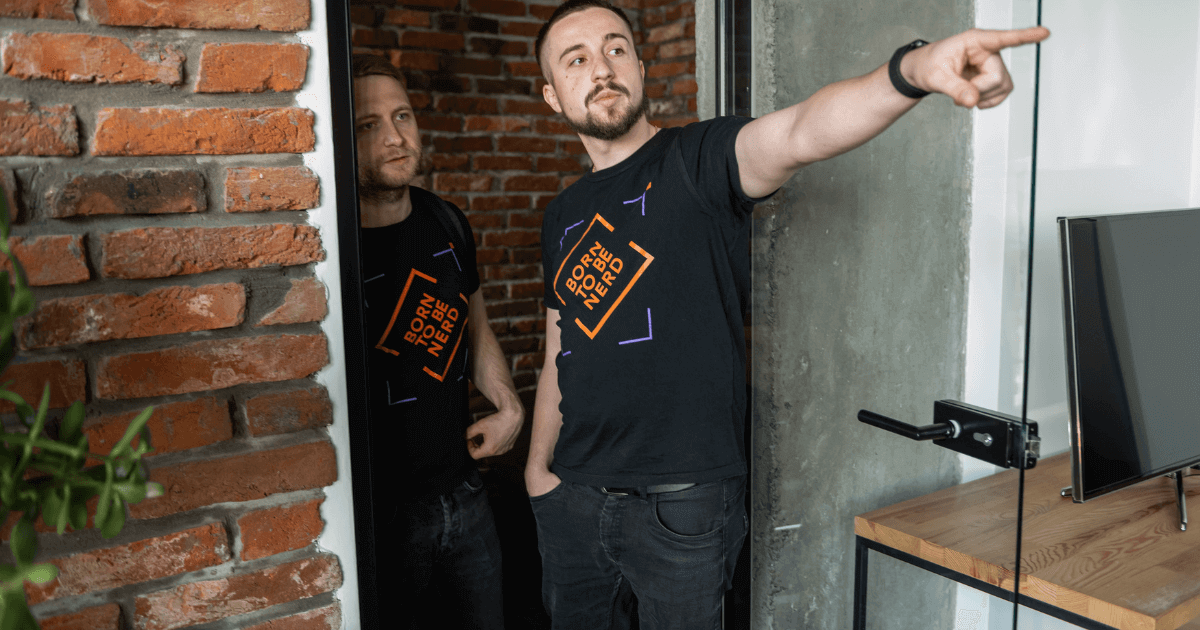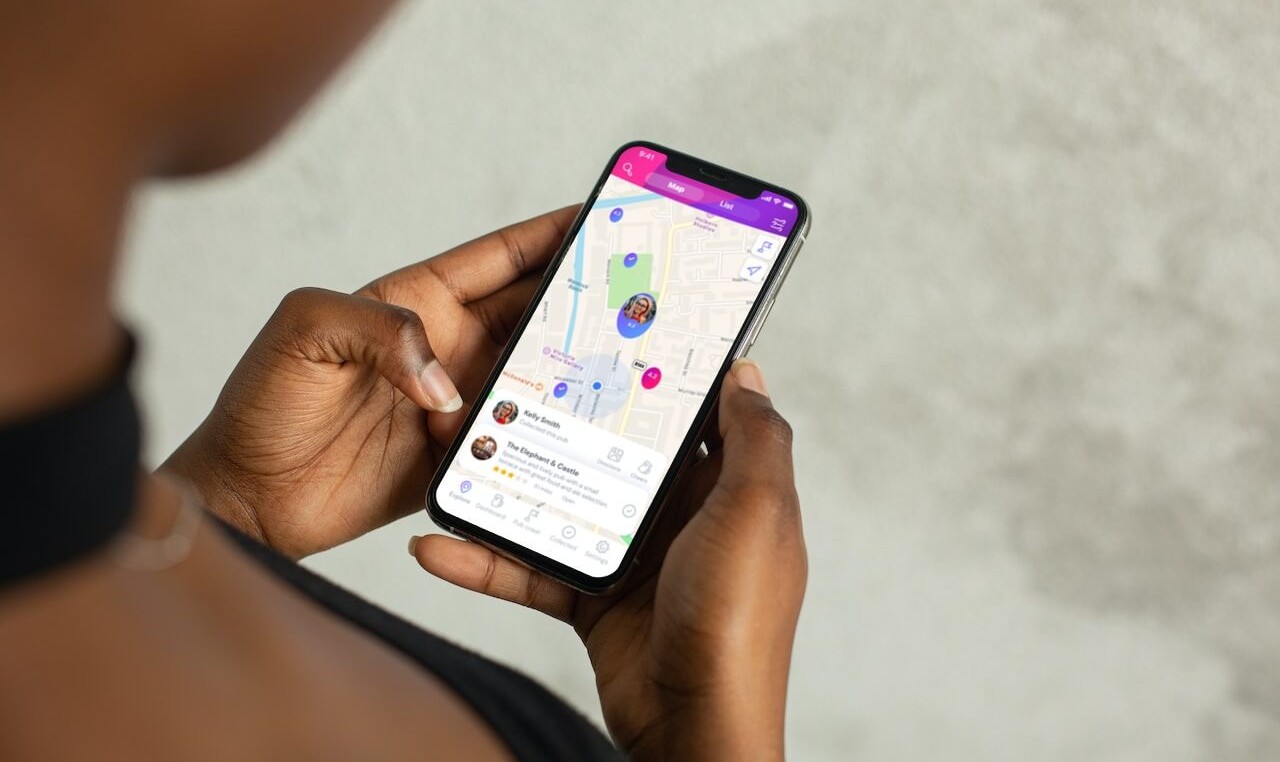От халепа... Ця сторінка ще не має українського перекладу, але ми вже над цим працюємо!

How to build an MVP for a startup before expanding into a full-scale product

Volodymyr Khmil
/
CEO
8 min read
Building a Minimum Viable Product, or MVP is product development’s core. An MVP helps startups get user feedback and improve their products before launching. However, finding the right balance between a perfectly made product with multiple features or the speed and simplicity of development is crucial when designing an MVP. In this article, I will discuss how to build an effective MVP that can be further developed into a full-scale product based on my experience building MVPs for startups. These tips will help you launch your successful project.
Contents
Keeping the right balance: better done than perfect?
Building a Minimum Viable Product is similar to building a new house. When you start building your home, do you build all the rooms at once? No, because that wouldn’t be effective. Instead, you start with the foundations and build up from there. The same applies to MVPs for a startup and the full-scale product: first, build the core of your product, then add more features as needed.
You see, building MVP has a particular purpose. A viable product, using the minimum amount of funds and time resources (which is always the case with startups), has to:
- Validate the solution — it’s actually technically possible to implement the idea.
- Validate the market — the target audience of the future product is interested in it and ready to pay money for it.
- Provide something to start negotiations with investors with.
Also, an MVP is not supposed to create profit just after the launch but to allow founders to improve and scale the product. However, while striving to convey the profitable idea to investors in all possible ways, founders often forget about that initial purpose and struggle to keep the balance between “fast and cheap” and “perfect from the get-go.” In both cases, they risk wasting resources by chasing the impossible.
From idea to ready-for-market product. Check out our services for startups
Points to consider before your start your MVP development
Below are some of the popular scenarios I’ve seen a lot of startups opting for. Each of them has its pros and cons. However, it’s important that you become familiar with these.
Ready-made solutions
Yes, using off-the-shelf products can save time and money. This concept looks appealing, especially when you are a startup limited on both fronts. No-code app builders, drag-and-drop website builders, low-code software development tools, and more are all designed to help startup ideas take off quickly. Especially if those ideas will be embedded into simple solutions.
They work flawlessly in developing prototypes and testing ideas, but they have their limits. When you’re just starting, it’s easy to think that these tools will do everything you need them to — but in reality, they’ll only take you so far. Sooner or later, you’ll find yourself looking for more powerful features that aren’t available through these platforms. This means you’ll require development work from professionals who know how each component works together at scale so that everything runs smoothly without issues or downtime as traffic increases over time.

Check out how we`ve developed MVP for ecommerce project that included the critical and most helpful functionality and showed value to investors and users.
Tech-savvy development
One of the most important things to do when starting a new product is to be realistic about what technologies are functional now and what is applicable in later stages.
Let’s take several examples.
Unit tests. This testing technique works pretty well when developing software with a multi-featured architecture and extensive UI design, allowing developers and testers to ensure their code works as intended before release. Tests are written by hand or through automated tools for them to run efficiently later on down the line.
Yet, writing and running unit tests needs time and human effort both before and after their creation (to work not only once but also continually improve). Consequently, this approach isn’t feasible when working with the limited resources that startups typically have during MVP development (or even post-launch). Unit tests are the soundest approach to complex projects with numerous internal dependencies. Applying unit tests earlier in the MVP stage may be a form of costly bet-hedging.
New and popular programming tools. When building an MVP, you might want to use new technology because it’s popular. However, this doesn’t mean its concept is the right fit for your particular needs.
This is also the case when such technologies are raw, immature, or don’t have a solid enough community behind them to be sure of reliability. Consequently, they won’t work for your future full-scale product appropriately. For example, let’s not forget that AirBnB shifted from the then-popular React Native to native mobile development.

The startup owner approached us with an iOS-based MVP. After completing and improving its existing functionality, as well as adding new features this app has been featured as App of the Day on the App Store. Check out the story.
Points to consider when you start your MVP development
Now, let’s go on to what approaches are best when building an MVP with scalability in mind. Based on my experience building software for startups, I’ve outlined several techniques to watch for when building MVPs. One great example of this idea is our case, Tona, which started as an MVP and evolved into the Reebook Fitness App.
The single main feature as a moving force
Instead of having numerous elements in your MVP, focus on one core concept and the idea behind the development. This will allow you to test your hypothesis with the target audience and whether they are ready to pay for it regularly.
Light yet scalable architecture
Make sure your architecture is scalable and easily adaptable to deliver new features faster as the product grows. You don’t want to have to start over from scratch when the product expands, and you want to add more features down the road. At the same time, always choose robust programming tools as they must be powerful enough to handle future growth and possible heavy loads.
A CTO with a business mindset
As a CTO, this person is responsible for shaping primary functionality and deciding what additional features to include later. They will help you focus on what’s important for customers, not just on building software. A CTO will ensure that everything is created to provide scalability.
There is another type of technical co-founder, though, who does more harm than good to your business. A technology for technology’s sake approach is typical for geeks who enter ventures only to fulfill their ambitions. Unfortunately, it may cost your company a fortune. So, look for someone that aligns with your business vision, not only the technological implementation. Consider hiring a fractional CTO.
See also: The 8 startup tips from our CTO for startup owners.
Business-wise technology solutions
The technical side of solving customers’ problems should align with business goals. All these should be discussed during the project planning phase and throughout development to help all collaboration participants stay on the same page by measuring the relevance-profit match.

More UX, less UI design
While UI design concentrates on a product’s interfaces, UX design is all about creating and delivering digital experiences, which means you’re not just focusing on how something looks — it’s about how it works. Considering that an MVP usually aims to attract early users by making a product easy to use, investing in UX rather than in UI design seems wise.
See also: 10+1 steps to building UI/UX design for startups
Strategy sessions
Such insightful meetings ensure synchronization while working on an MVP project, enabling flexibility for technology-based businesses when everything changes at lightning speed.

Check out: MVP development for the local UK market that got 21k app downloads
Red flags to watch out for
When you’re building an MVP, something may go wrong at any moment. The sooner you notice this, the better. I’ve defined some signs to watch out for with a vendor to help you catch when the development process isn’t following the initial plan.
The development time is longer than 2-3 months
If an MVP for a startup takes more than two months to develop, it needs rethinking. The team may have insufficiently researched the product beforehand or used the wrong engineering and project management tools. In either of these cases, it’s hitting your time and material resources.
Still, exceptions to the rules happen. If a solution you’re developing will solve a complex technical problem, get ready for a lot of coding to launch a simple at-first-sight solution. Think of Stripe’s MVP development story. Although they quickly developed a simple solution that managed to process the first transaction within two weeks, the Collison brothers needed six more months of MVP iterations and user validation.

Complex architecture
Too many complex modules will make it hard for users and developers alike to maintain the application over time; they will take up too much disk space and RAM when running on devices with limited resources.
Unsecured and unmovable data
Concerns about how to handle sensitive information have always been the biggest ones. So, if your software requires user logins or any other form of authentication credentials such as usernames/passwords, storing them within source code repositories such as GitHub or Bitbucket is lousy practice; instead, keep them encrypted on disk. Beyond that, you must ensure that all the databases are easily scalable and can safely migrate to more comprehensive platforms for the full-scale product. Keep in mind that in case of a failed database management solution (or DBMS), you won’t be able to relocate the user data that has been collected so carefully.

The task was to bring the healthcare MVP to the market in six weeks and support five products simultaneously. Check out the story.
A few words to conclude
To summarize all the above, I can outline several things:
- Find the balance between product quality and diversity and its speedy development.
- Make sure to define what your MVP should accomplish before building it.
- Choose proven methods and approaches instead of the tech-savvy ones; too often, the latter ones are not justified at this stage.
At the end of the day, this is your startup, your MVP, and your brainchild. You’re responsible for a future relevant, functional, and user-matching product, and how you establish it from the outset will affect its future success.
No matter your growth stage, we at NERDZ LAB can support and channel you throughout the development stage, offering up-to-date engineering tools and the respective management approaches. Here`s information on our MVP development services. Drop us a line, and we’ll be glad to make your idea the next big thing.





